The red cat is a common type that is always tabby in pattern, and males far outnumber females. They are more commonly called orange, ginger, marmalade, yellow, butter, caramel, or butterscotch.
Red cats are not their own breed and you can find them in many cat breeds as well as moggies (cats with no pedigree). They may be shorthair or longhair cats. If you are looking for a lovely ginger cat, you will have a wide variety of breeds and coats to choose from. You may want a red cat that has tiger stripes or one with spots or patches.
Click Play to Learn More About Red Cats
Personality
Many people believe that red cats have warm personalities that match their coat color, thinking they tend to be mellow, loving cats. However, cats are individuals and you may find yours to be a bossy alpha cat or one with a fiery, hot temper. Cat personalities are not as typically linked to breeds as are those of dogs. They haven't been bred for skills and temperaments as dogs have. But if you are looking for a specific personality, start with researching what is usual for different cat breeds.
The Red Gene
The reason a cat is red lies in the genes and chromosomes the cat has inherited. The study of genetics is so complicated and detailed that it takes many years of concentrated study to come even close to mastering it. The red color gene O codes for the production of the red pigment phaeomelanin. It is dominant, so it masks all of the other colors (such as black and variants of black).
The primary red color gene is carried on the X chromosome, and it is therefore sex-linked. A male cat usually has only one X chromosome as it is paired with the Y chromosome and males are XY. A female cat has two X chromosomes and are XX.
The red gene may be the O variant, producing red pigment, or the o variant that does not. If a male inherits the O variant from his mother, he will be red. If he inherits the o, he instead can express the black pigment coded on other genes. He won't ever be both red and black (which would make him calico or tortoiseshell), except in unusual cases of inheriting multiple X chromosomes or merging with a twin before birth.
Females who have O on each of their X chromosomes (OO) will be red. If they are Oo, they will be calico or tortoiseshell and have both red and black markings. If they are oo, they will be black. Because there are these different possible combinations, females have less of a chance of being only red than males do. About 80 percent of red cats are male and only 20 percent are female.
A male red cat can only be born from a mother who is red, calico, or tortoiseshell. A female red cat can only be born from a cross between a male red cat and a female red, calico, or tortoiseshell cat.
When a cat has the dilute gene, which is separate from the color gene, they have a lighter shade of red that looks like a creamy buff.
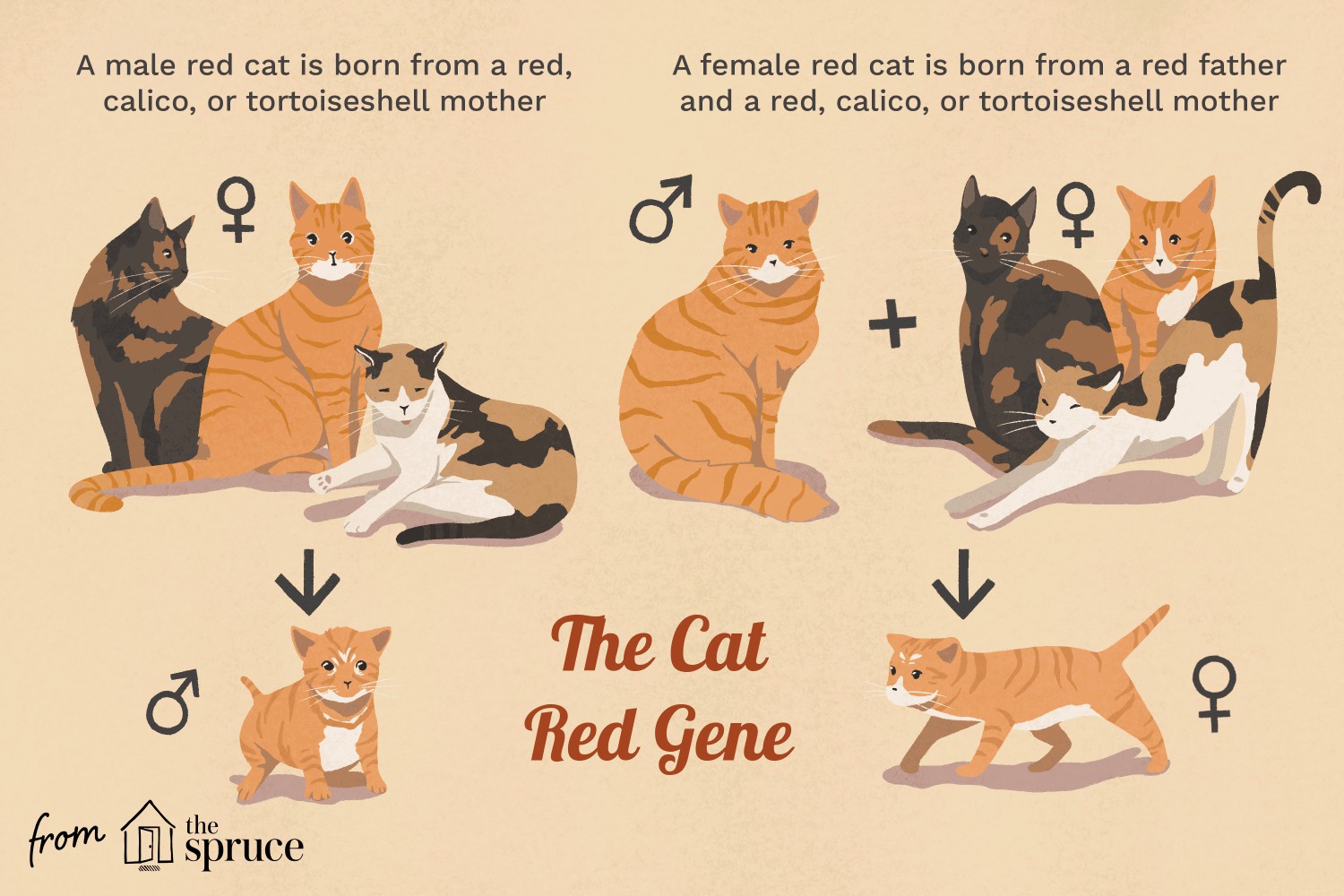
Tabby Influence
All red cats are tabby cats. The agouti gene determines whether a cat has a tabby pattern or not, but the non-agouti gene doesn't work when the red pigment is expressed. Although some red cats (usually dilutes) may appear to be a solid color, upon closer examination, you will see the pale stripes, whorls, or spots of the tabby. You will also see the distinctive tabby facial markings, including the magnificent "M" of tabby cats.
Red kittens usually have more obvious tabby markings. These may fade or disappear as they grow into adult cats.
The tabby patterns include:
- Mackerel tabby with tiger-like stripes
- Classic tabby with a bullseye pattern on the sides or butterfly pattern on the back
- Ticked tabby with tabby markings mostly present on the face
- Spotted tabby with oval or rosette markings rather than stripes
- Patched tabby with larger patches of colors as well as stripes
Eye Colors
While kittens start off with blue eyes, they will usually produce other colors as they mature. The eyes of red cats eyes may be green, gold, or copper. Many have golden or topaz eyes.
Whether you call them red, marmalade, or orange, these sunshine cats will go a long way in brightening and lightening your home and your life.
- Are red tabby cats rare?
No, red is a very common color for tabbies.
What is the difference between a red tabby and an orange tabby?It's a difference in name only. Red tabbies are also called marmalades or gingers.
Are all red tabby cats males?Most are, about 80 percent, leaving 20 percent to be females.
Related Article
 litter-box-training-and-issues
litter-box-training-and-issuesHow to Stop Your Cat From Tracking Litter and Poop
Cats are fastidiously clean animals. They constantly groom themselves, don't like to be wet or
 cat-behavior-problems
cat-behavior-problems22 Weird Cat Behaviors You're Not Sure About
Does your cat's behavior confuse and frustrate you, making you think you are the only one with
 cat-nutrition-and-food
cat-nutrition-and-foodCan Cats Eat Corn? Here's What A Vet Thinks
Cats are natural hunters who, when left to their own devices, would choose meat as their primary fo
 senior-cats
senior-catsHow to Deal With the Loss of Your Cat
If your cat died, and you can't stop crying, feeling lonely, or otherwise experiencing grief, y
 cat-symptoms
cat-symptomsHair Loss in Cats
Hair loss in cats is a common problem that can have a variety of causes. Medical conditions, parasi
 cat-diseases-and-disorders
cat-diseases-and-disordersBronchitis in Cats
Feline bronchitis, sometimes called feline allergic bronchitis or feline asthma, is caused by infla
 cat-diseases-and-disorders
cat-diseases-and-disordersHip Dysplasia in Cats
Hip dysplasia is an orthopedic condition of the hip joint that, though uncommon, can affect ca
 short-haired-cat-breeds
short-haired-cat-breedsBritish Shorthair: Breed Profile, Characteristics & Care
The British shorthair cat is a medium-to-large-sized cat breed with a short, dense coat and a disti
About FleaFree Feline
We are a premier digital platform committed to delivering high-quality content to our readers. Our mission is to provide accurate, reliable, and engaging information that adds value to our audience's daily lives.
Our team consists of experienced content creators and subject matter experts who uphold the highest standards of professionalism. In an era of information overload, we curate content with care, ensuring our users receive only the most relevant and trustworthy information.
Beyond just reporting facts, we focus on depth and context. Through expert analysis, comprehensive research, and clear presentation, we help our audience gain meaningful insights and make informed decisions.
We take pride in being a trusted information source for our growing community of readers. Our user-first approach means we continuously adapt to provide content that meets our audience's evolving needs and interests.
Innovation and excellence drive everything we do. We're committed to improving our platform and services to deliver the best possible experience for our users.

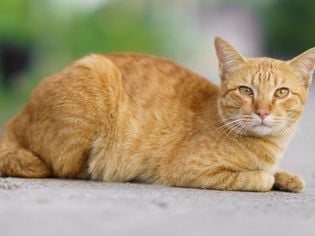
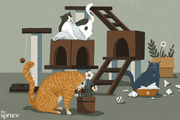
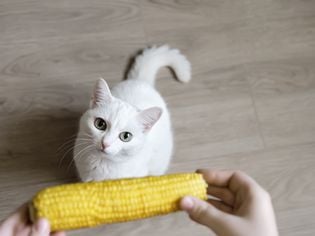
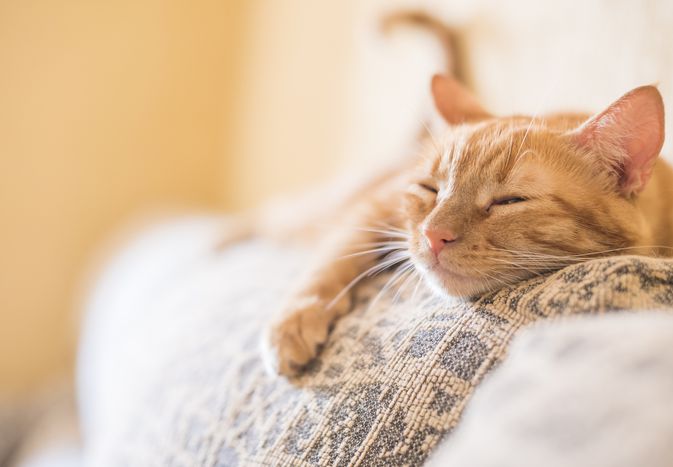
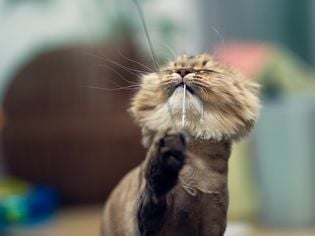
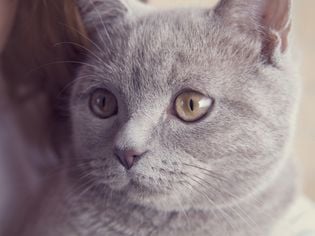
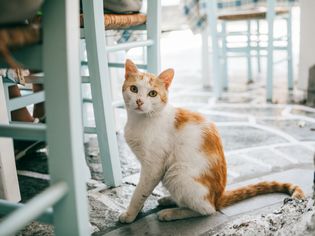
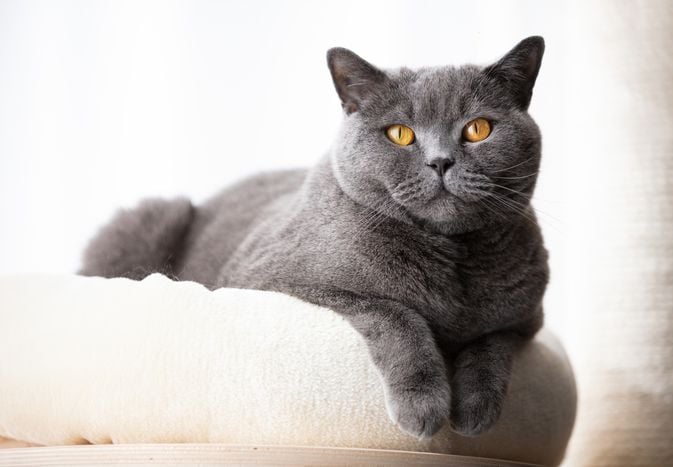
Comments on " All About Red Tabby Cats" :